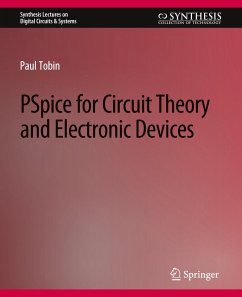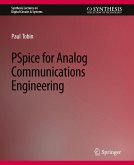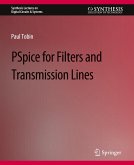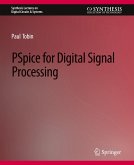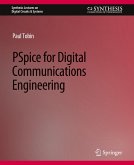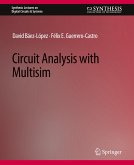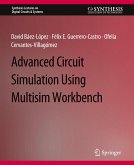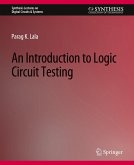PSpice for Circuit Theory and Electronic Devices is one of a series of five PSpice books and introduces the latest Cadence Orcad PSpice version 10.5 by simulating a range of DC and AC exercises. It is aimed primarily at those wishing to get up to speed with this version but will be of use to high school students, undergraduate students, and of course, lecturers. Circuit theorems are applied to a range of circuits and the calculations by hand after analysis are then compared to the simulated results. The Laplace transform and the s-plane are used to analyze CR and LR circuits where transient signals are involved. Here, the Probe output graphs demonstrate what a great learning tool PSpice is by providing the reader with a visual verification of any theoretical calculations. Series and parallel-tuned resonant circuits are investigated where the difficult concepts of dynamic impedance and selectivity are best understood by sweeping different circuit parameters through a range of values. Obtaining semiconductor device characteristics as a laboratory exercise has fallen out of favour of late, but nevertheless, is still a useful exercise for understanding or modelling semiconductor devices. Inverting and non-inverting operational amplifiers characteristics such as gain-bandwidth are investigated and we will see the dependency of bandwidth on the gain using the performance analysis facility. Power amplifiers are examined where PSpice/Probe demonstrates very nicely the problems of cross-over distortion and other problems associated with power transistors. We examine power supplies and the problems of regulation, ground bounce, and power factor correction. Lastly, we look at MOSFET device characteristics and show how these devices are used to form basic CMOS logic gates such as NAND and NOR gates.
Bitte wählen Sie Ihr Anliegen aus.
Rechnungen
Retourenschein anfordern
Bestellstatus
Storno

